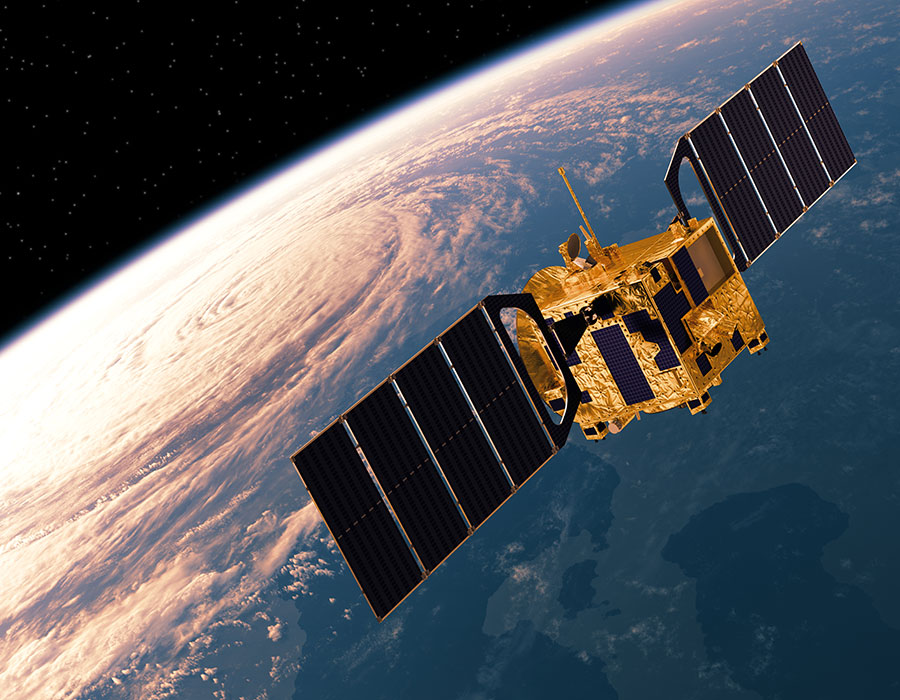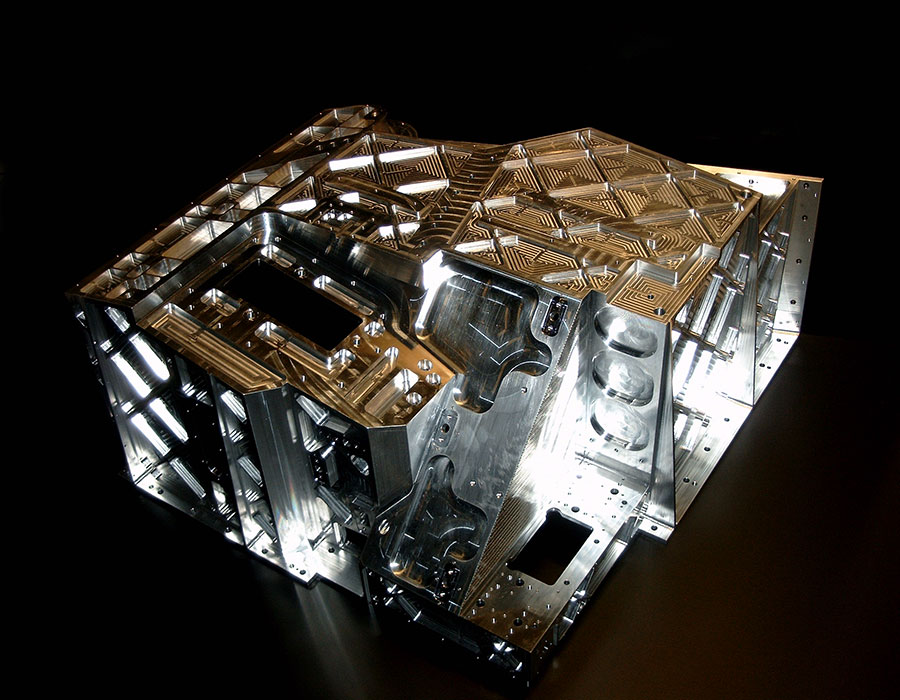50
default
PACS
Client
Kayser-Threde GmbH (now OHB)
Links
Max Planck Institute for extraterrestrial Physics esa
PACS (Photodetector Array Camera & Spectrometer)
The infrared spectrometer and photometer PACS is one of three scientific instruments for the ESA satellite telescope Herschel.
The science satellite Herschel was launched in 2007. As one of the coldest points in space – the detectors of the cryogenic measuring system PACS are operated close to absolute zero – it will help to clarify fundamental questions in the development of space.
no-repeat;left top;;
auto
5px 0 0 2%
Herschel will be the world\’s largest space telescope when it is launched. Information about star formation from interstellar gas and dust, identification and characterization of black holes, formation of galaxies and their behavior in collisions, as well as the possibility of obtaining information about processes of planet formation, are just some of the astronomical research areas for which PACS will be used.
The highly sensitive measuring instrument consists of a complicated, three-dimensional opto-mechanical bench with more than 50 precisely adjustable mirror and four detector units. The particular fascination of this mission lies in its unprecedented ability to detect long-wave infrared light from the early stages of the universe.
The scientific instrument is planned by 14 European institutes and universities under the leadership of the Max Planck Institute for Extraterrestrial Physics (MPE) in Garching. The development of the optomechanics as well as the system integration and verification of the high-tech instrument was carried out at Kayser-Threde, Munich.
Our contribution
Already during the first studies, we designed the housing around the mirrors and detectors and adapted it again and again to the changing optics in order to enable up-to-date thermal and structural analyses at the same time.
no-repeat;left top;;
auto
5px 0 0 2%
2460,2459
2
full
80
default
50
default
ITER
Kunde
ITER
Links
Kampf Telescope Optics ITER Fusion for EnergyInstitution \”Project Center ITER\”
ITER (\”The Way\” in Latin)
is one of the most ambitious energy projects in the world today.
In southern France, 35 nations are collaborating to build the world\’s largest tokamak, a magnetic fusion device that has been designed to prove the feasibility of fusion as a large-scale and carbon-free source of energy based on the same principle that powers our Sun and stars.
The experimental campaign that will be carried out at ITER is crucial to advancing fusion science and preparing the way for the fusion power plants of tomorrow.“
(Source: www.iter.org/proj/inafewlines)
no-repeat;left top;;
auto
5px 0 0 2%
Our contribution
Optical diagnostic instruments are integrated for monitoring purposes. These include EDM (Environmental Desposition Monitoring) and H-alpha, for which we supply the mechanical design. This mainly involves mirrors and their suspensions along the optical path.
As this leads radially outward from the center of the tokamak, this results in very different environmental conditions for the individual components that must be taken into account.
The development is therefore carried out in close coordination with our partners and their experts in structural and thermal analysis, optics, etc.
no-repeat;left top;;
auto
5px 0 0 2%
2688,2690
2
full
80
default



